* ‘A Considerable Speck’ – title of poem by Robert Frost *
Whenever the aeroplane I am in takes off or approaches an airport, I am drawn to the sight of clusters of buildings lying scattered below. And without fail I think of them as nothing but anthills. Valid comparison? The matter after all is just of scale, which actually is insignificant considering the vast sweep of the planet’s surface. For both are clusters of life forms clinging tenaciously to the surface of the ‘pale blue dot’ hurtling through space cluttered in turn with countless planets, gaseous giants and moons, oddball objects like asteroids, comets and icy bodies, stars, galaxies, galaxy clusters and super clusters (fancifully called ‘filaments’!),… phew! And they say we have this bit of knowledge only about the ‘known universe’ …
Ah well. Time to return to earthly things… a much more comfortable proposition than trying to make sense of space.
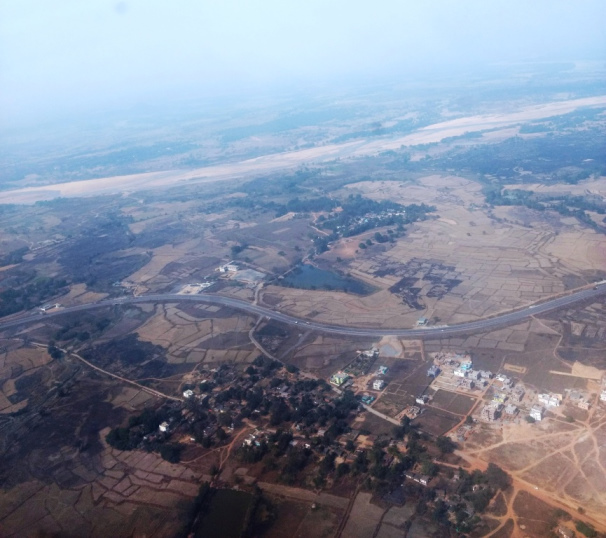
The few anthill types that I am familiar with occur in the ‘Sahyadri’. Sahyadri is the name by which the mountain range ‘Western Ghats’ is known in the states of Maharashtra and Karnataka. The distinctive geographical formation of this range is the result of a turbulent geological past. The range runs parallel to the western coast of India, and provides the geographical and cultural divide between the low coastal plains of Konkan and the upland Deccan plateau.
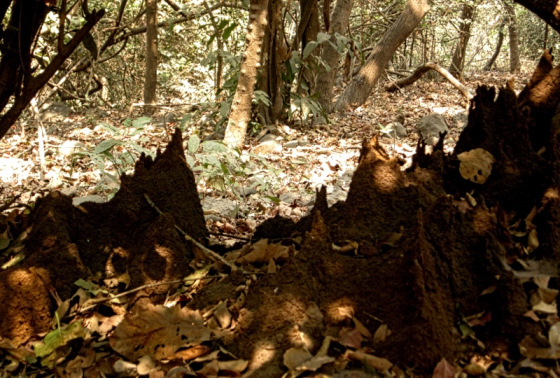
The most fascinating anthill that I have seen is the Indian Harvester Ants’ nest. The fortification-like architecture probably helps in warding off rainwater flowing downhill. It’s interesting to note that the walls of a nest tend to be higher at the top than at the other end.
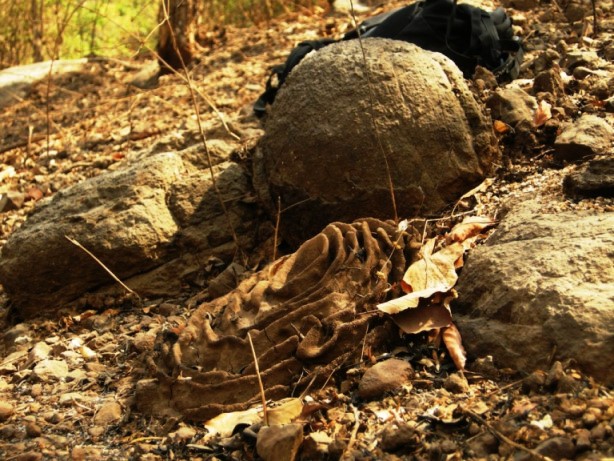
This particular ant seems to be most abundant only in the Sahyadri in Maharashtra. Locals know it as farmer ants (shetkari mungya). I have often seen husk piled close to a nest, dumped there after the ants have harvested the seeds.
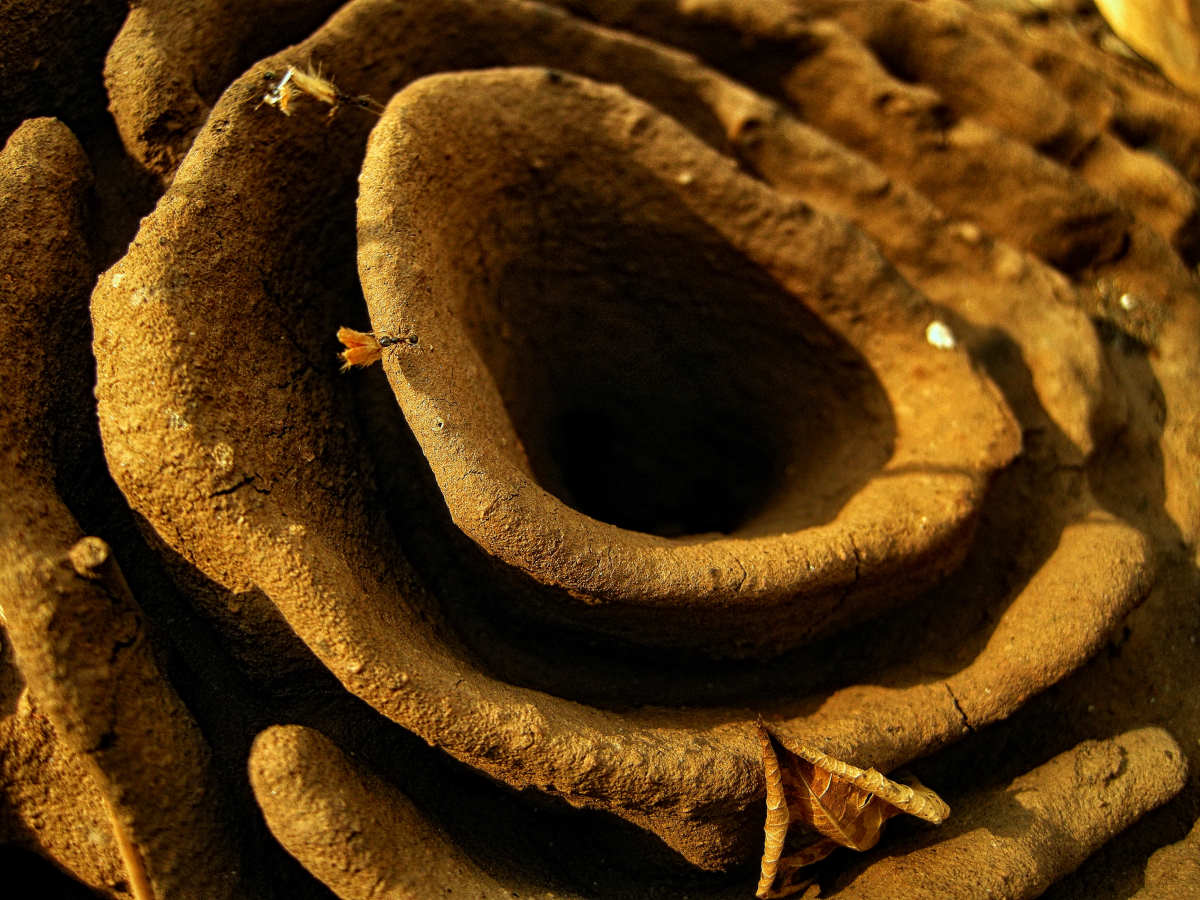
I did a quick search on the internet. Am sharing some stuff that I found mighty interesting. One link took me to The Journal of the Bombay Natural History Society, Vol. VII, Parts I to IV, published in 1892-93. A chapter titled ‘Our Ants’ mentions Pheidole sykesi as the binomial name of these ants. As a hiker, I have also been told these are ‘fortress ants’ but I could not find that name anywhere during my quick search. So I wonder if it is a name coined by hikers from a region which has more than three hundred forts, many of them built using the natural features of this rugged mountain range.
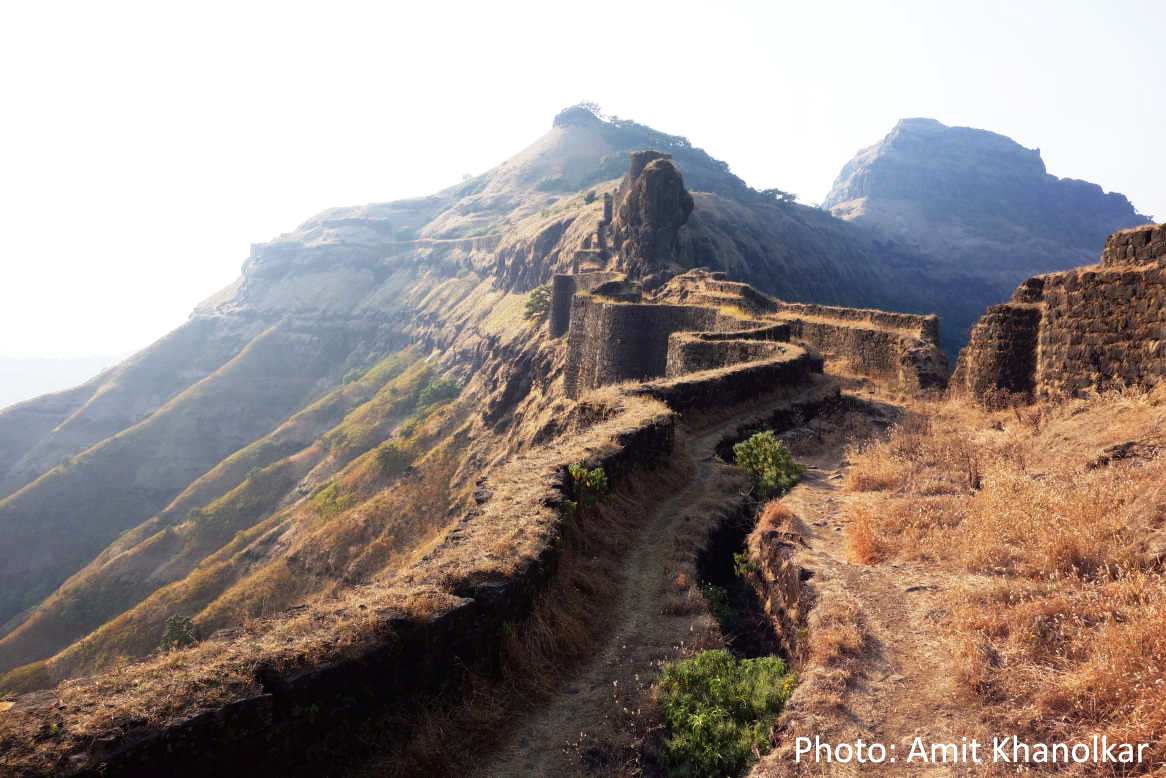
Coming back to ants, instead of the obvious differences between the two species, I am actually struck by similarities between us and them. I mean, both are successful life forms to have survived till now, both are social animals having social hierarchies, both have organised communal habitations (well, most if not all species of ants. I am not sure – I am not a student of myrmecology, a ‘branch of entomology that focuses on scientific study of ants’), both have peace loving communities and communities that resort to violence, both can be omnivorous,… The list could go on. But, and this is what I find intriguing, there are innumerable species of ants while we are the only surviving hominin. Oh the ants will certainly outlive us! And the Sahyadri forts, many of them more than 2000 years old, may well last a few more centuries.
Question is, will we?
